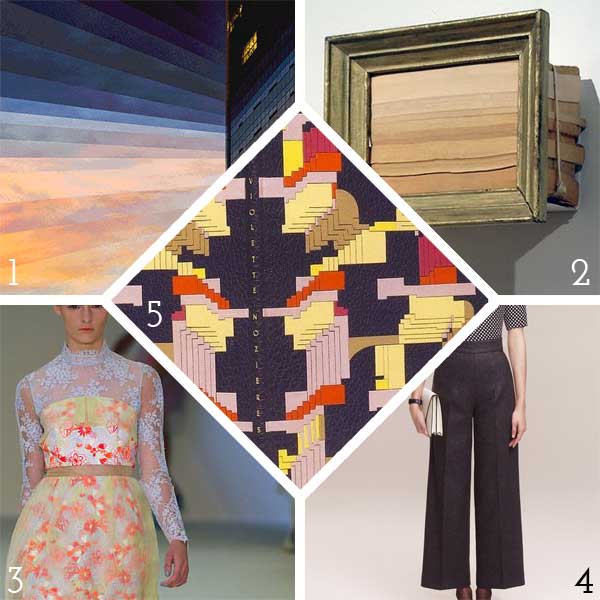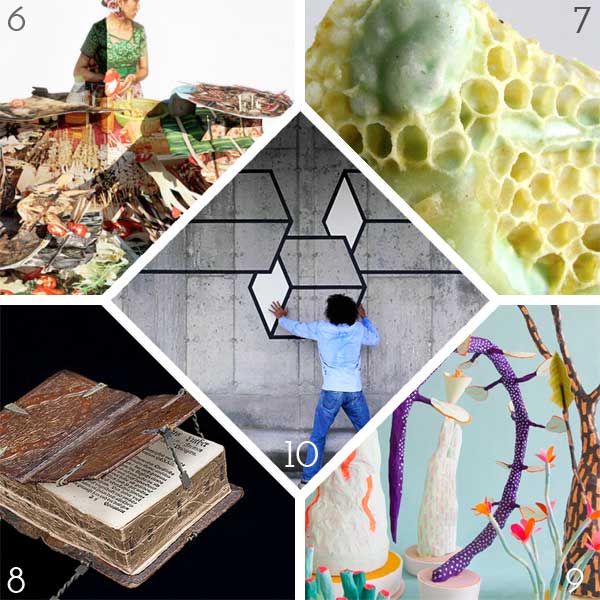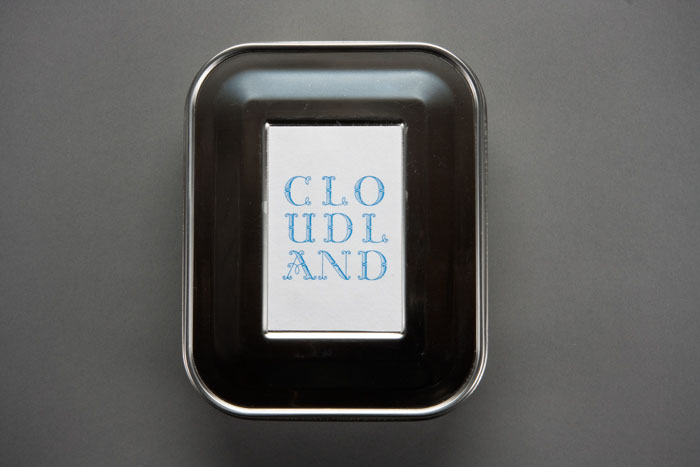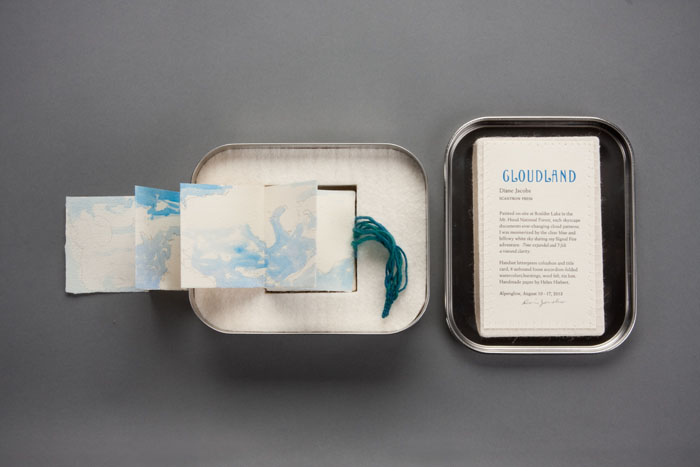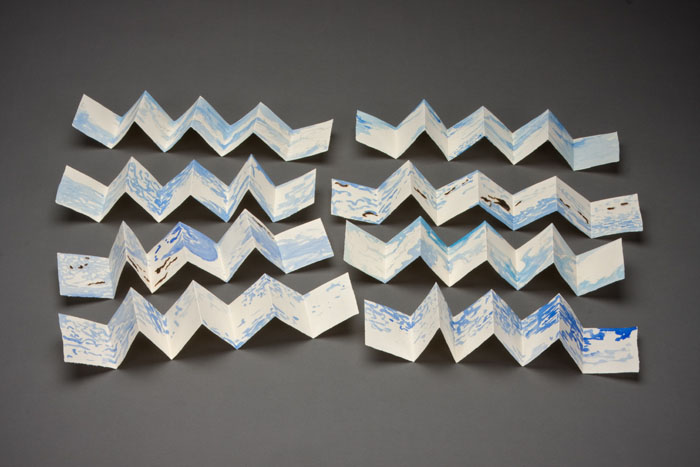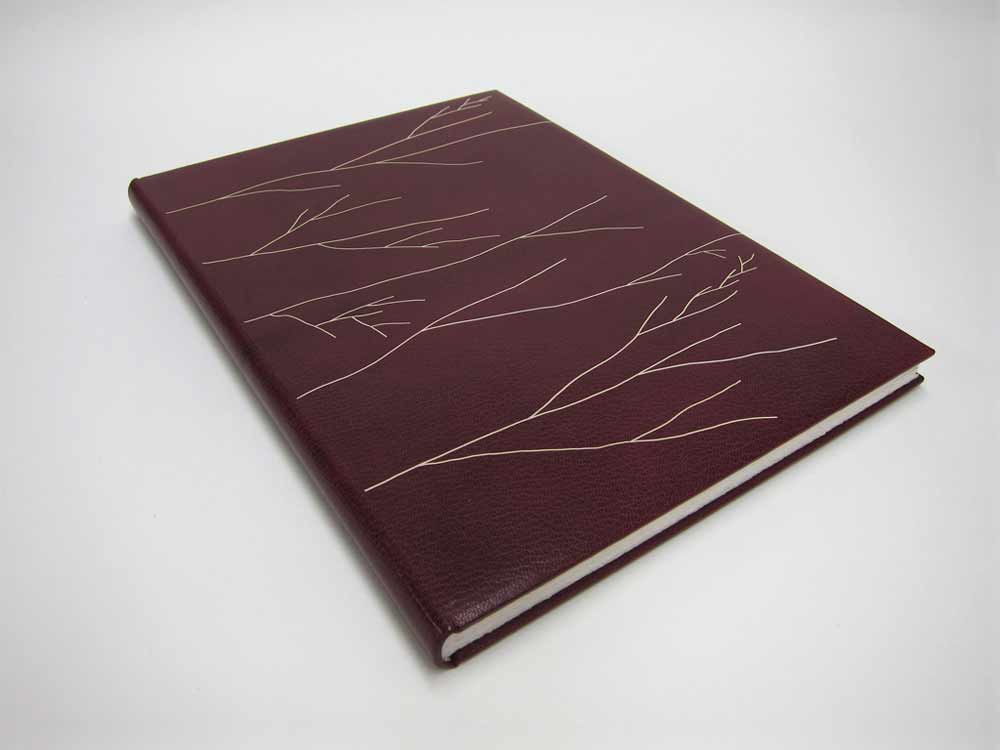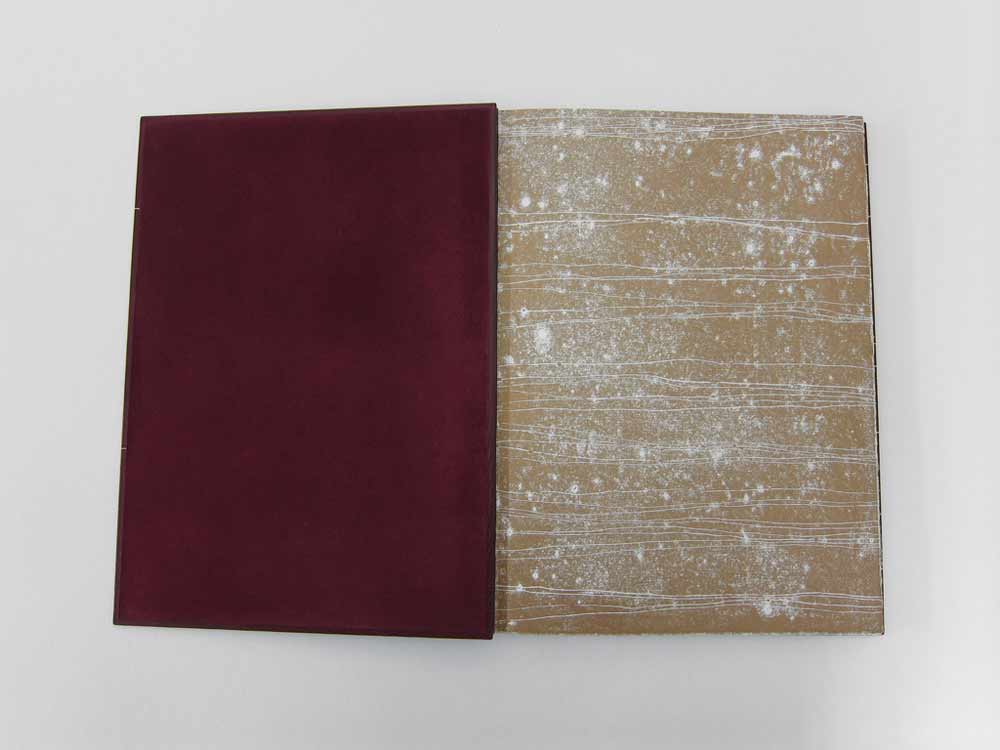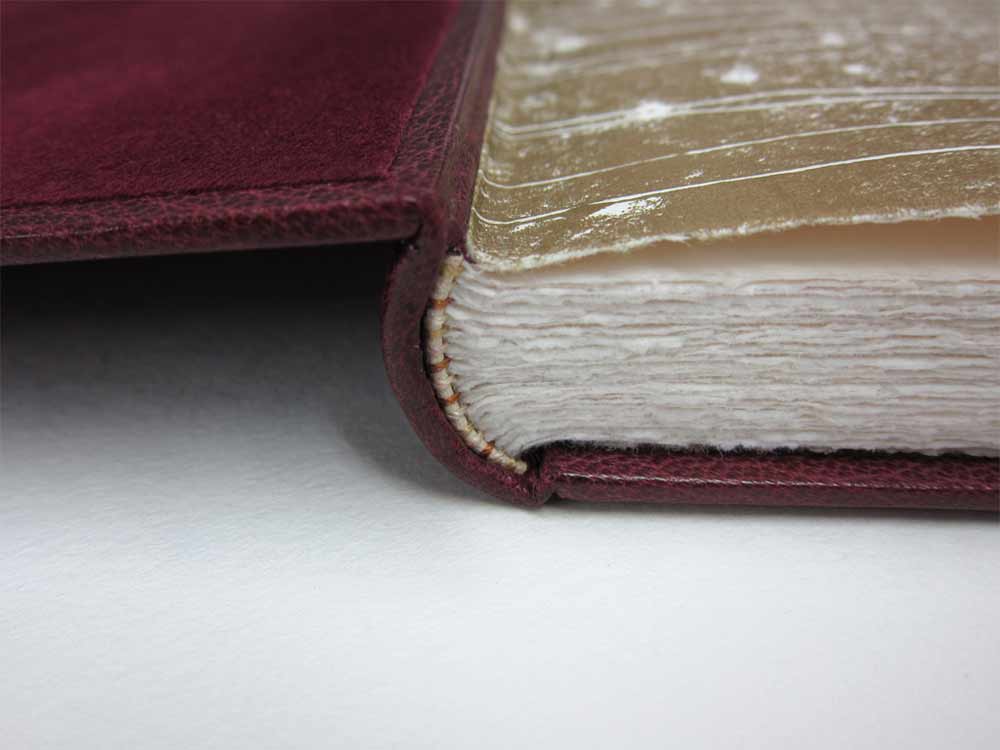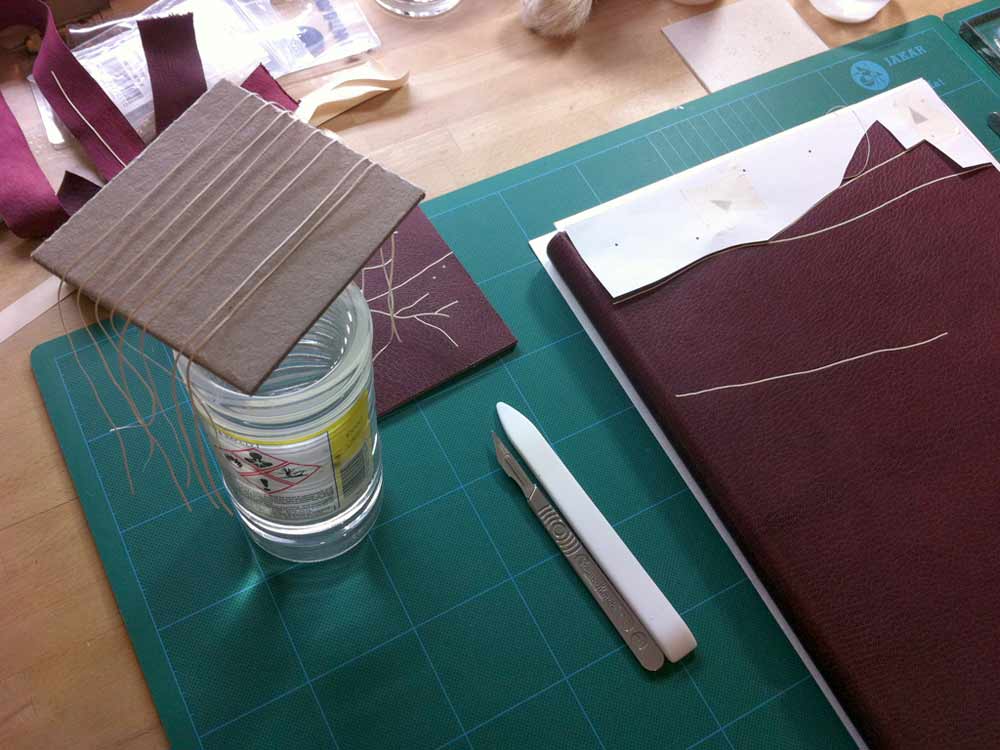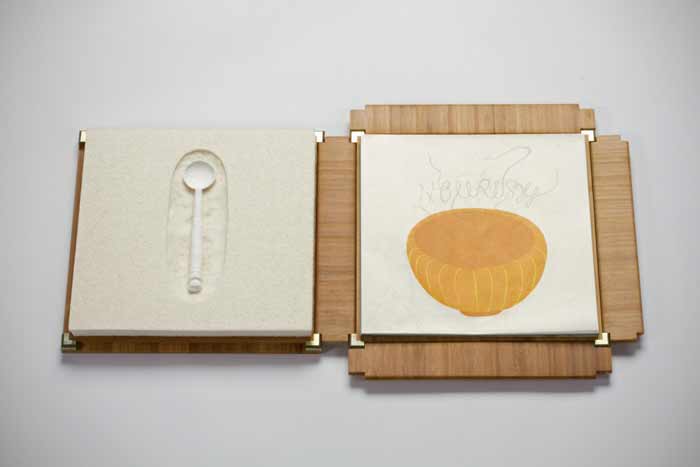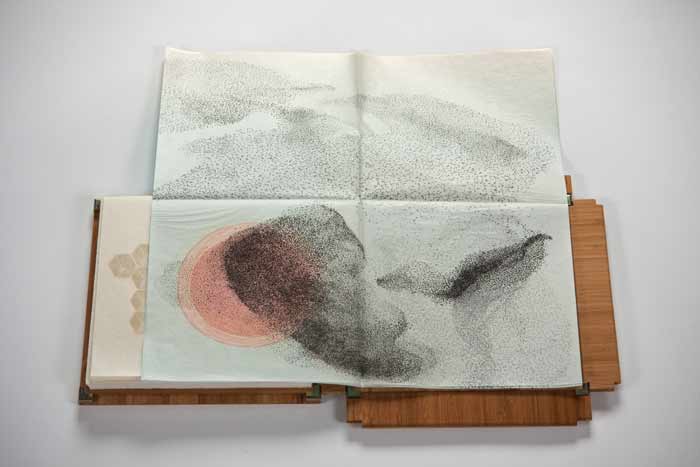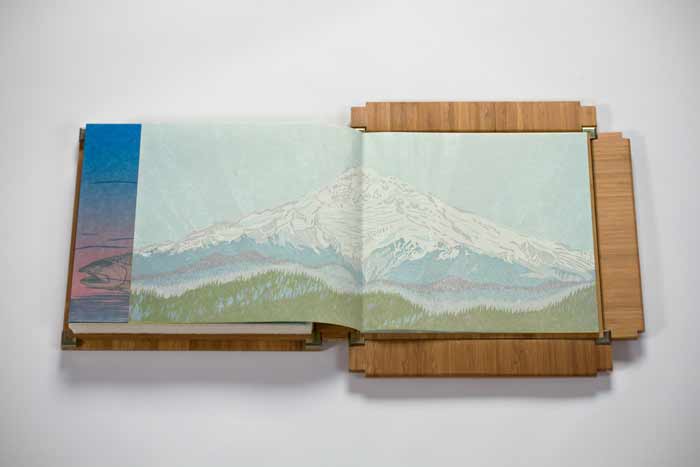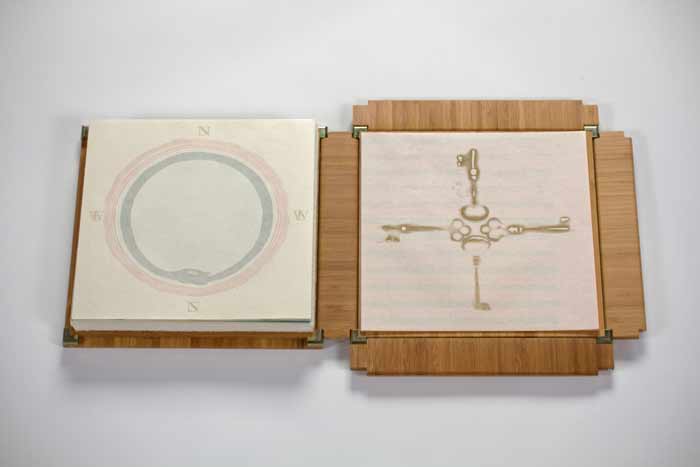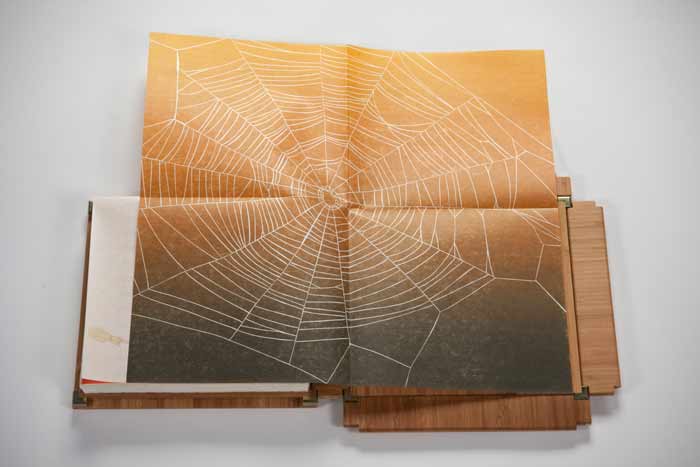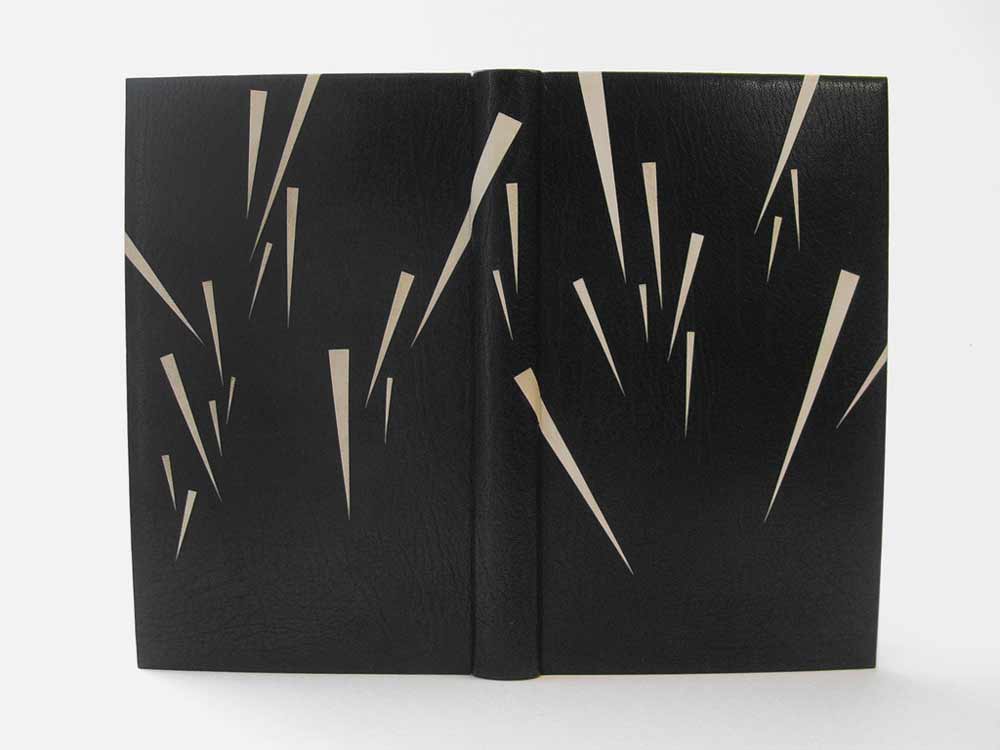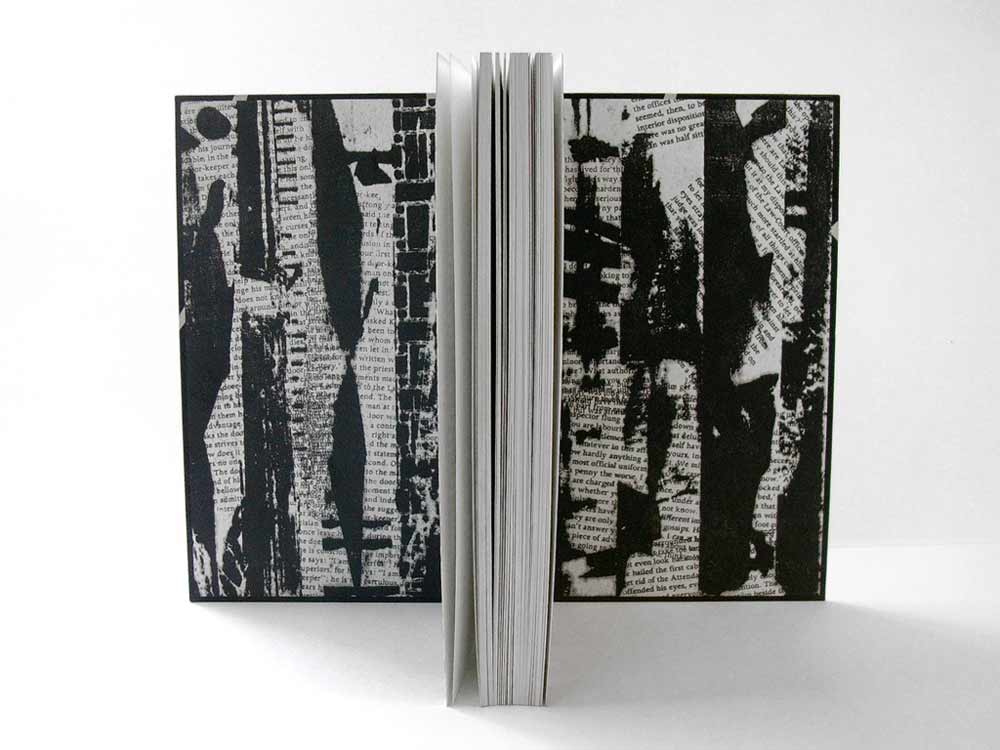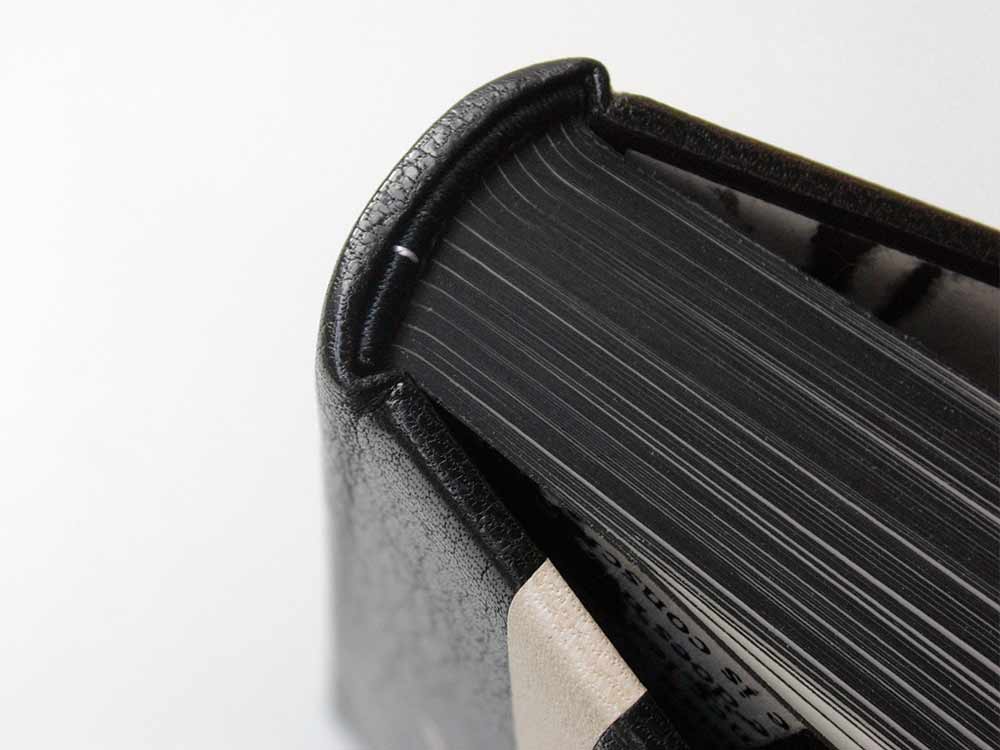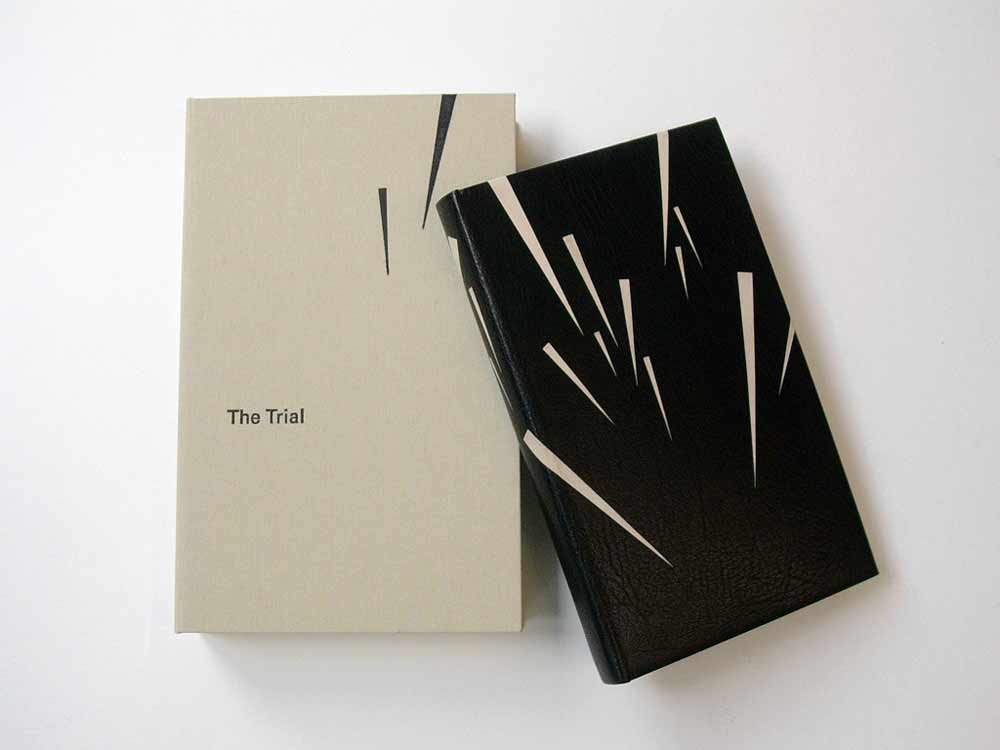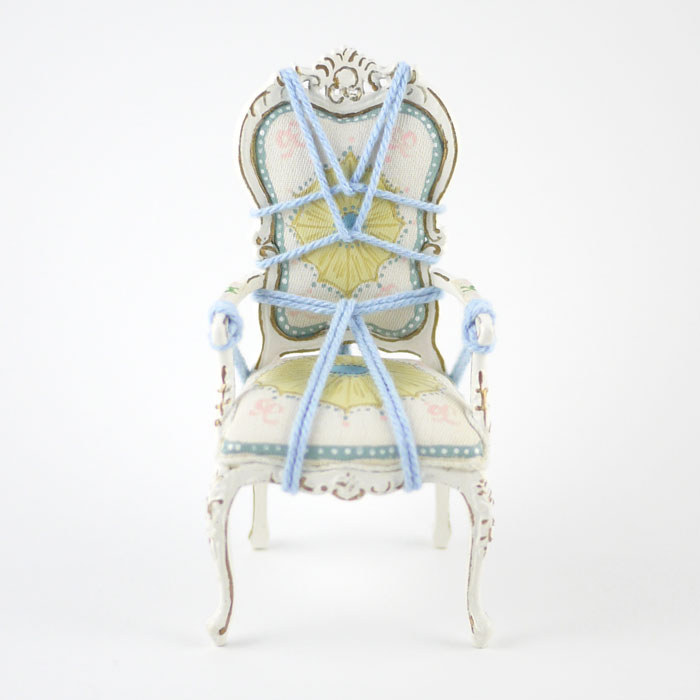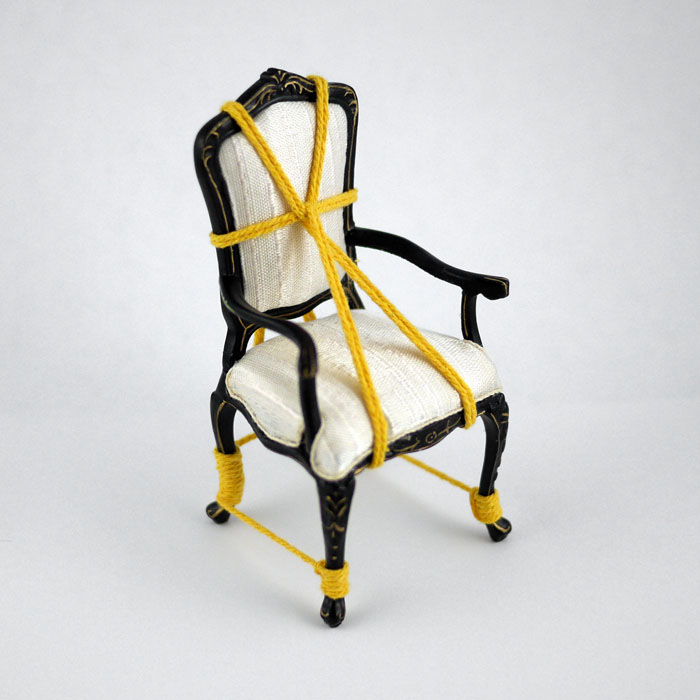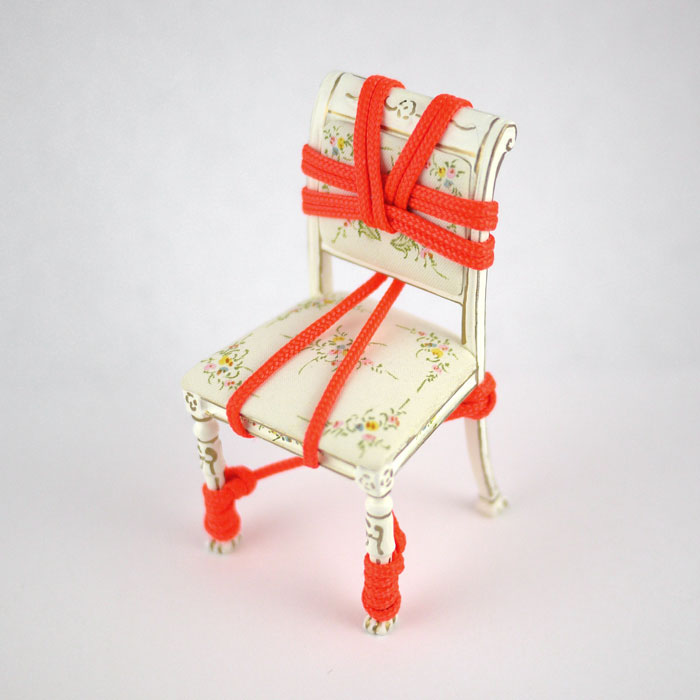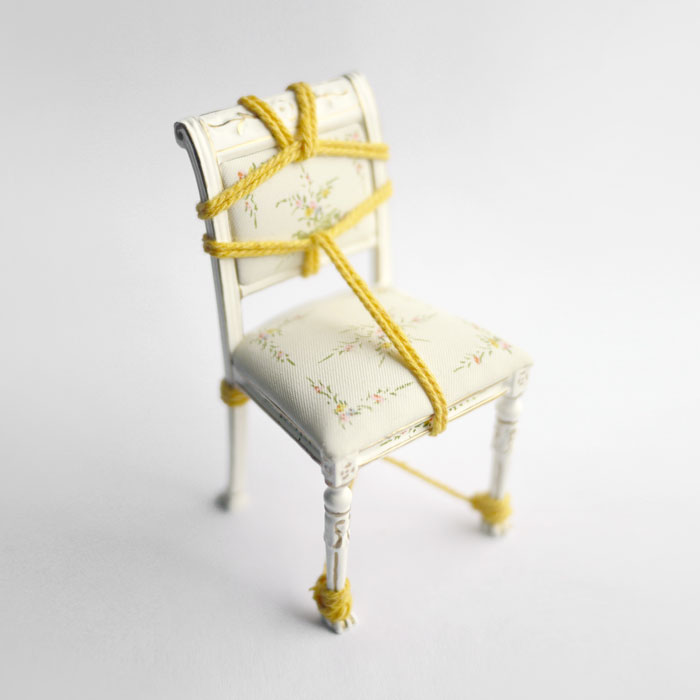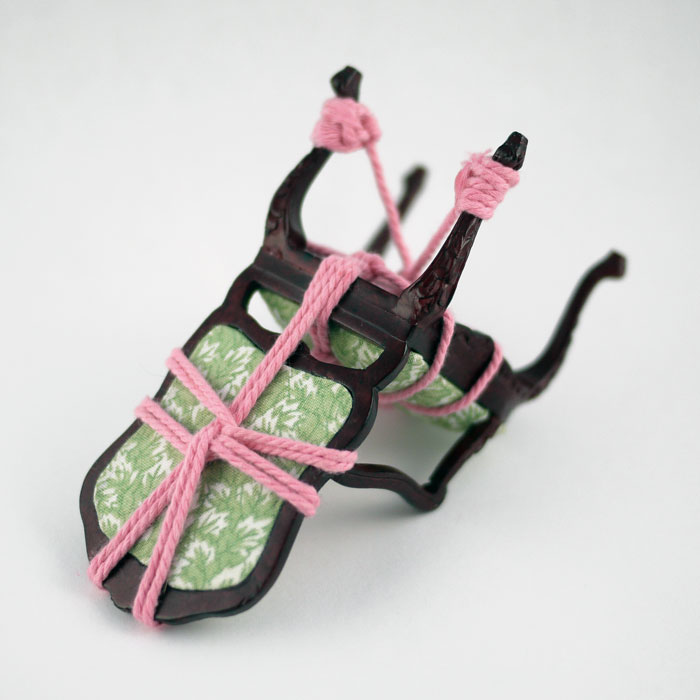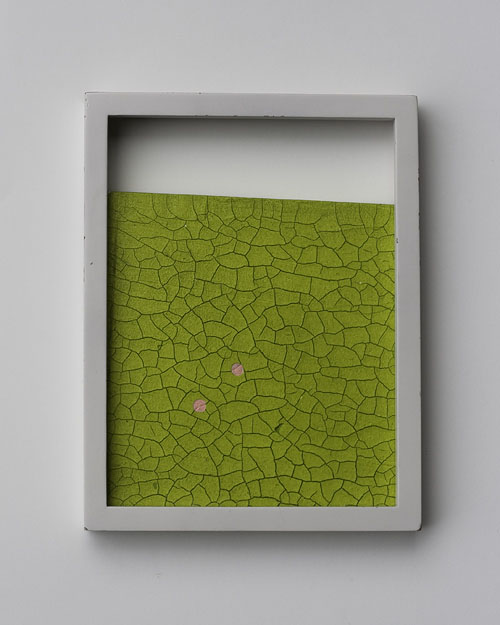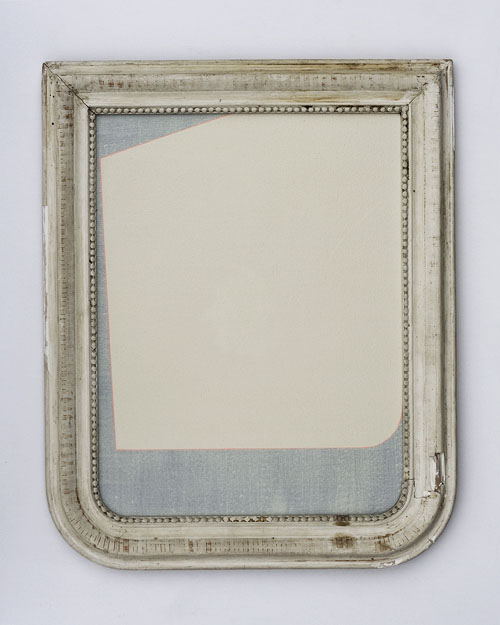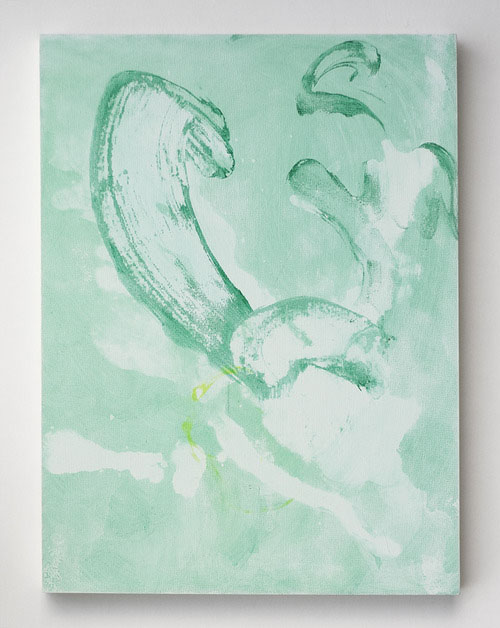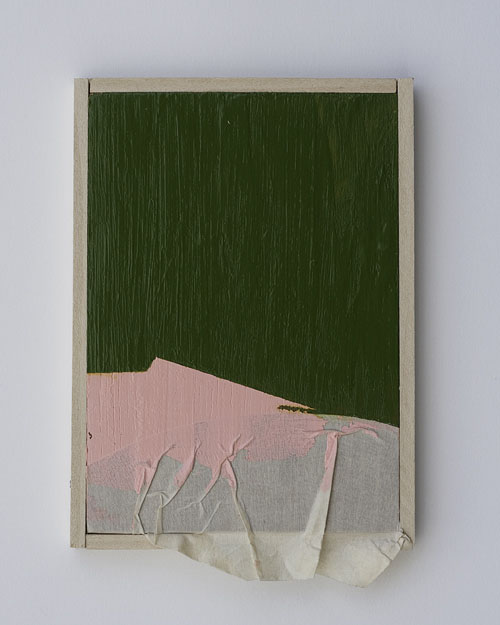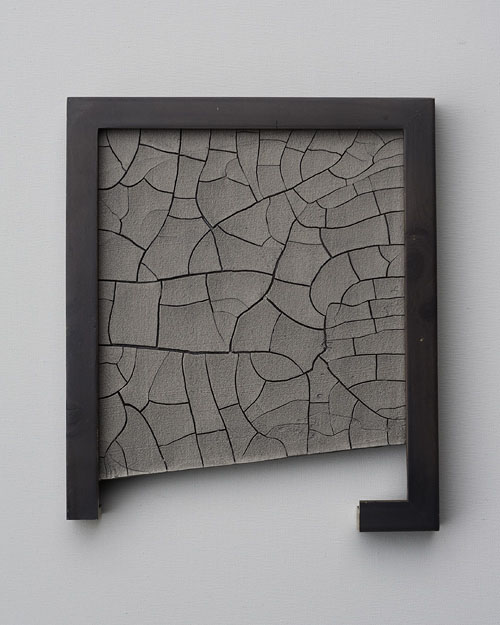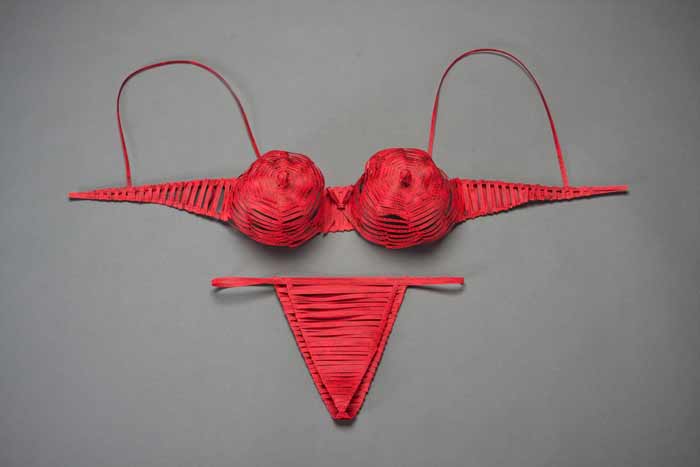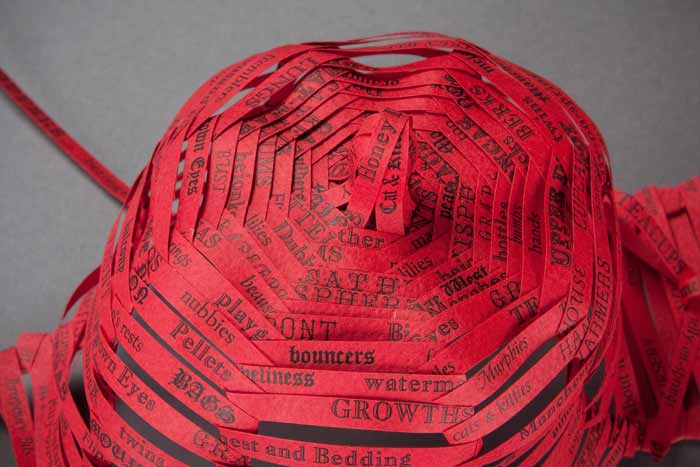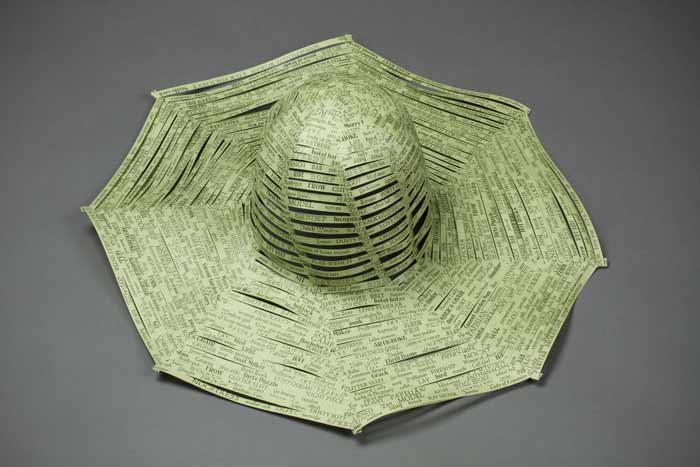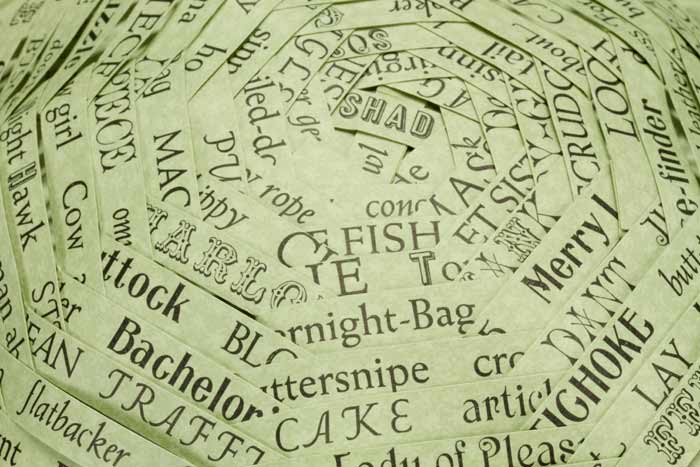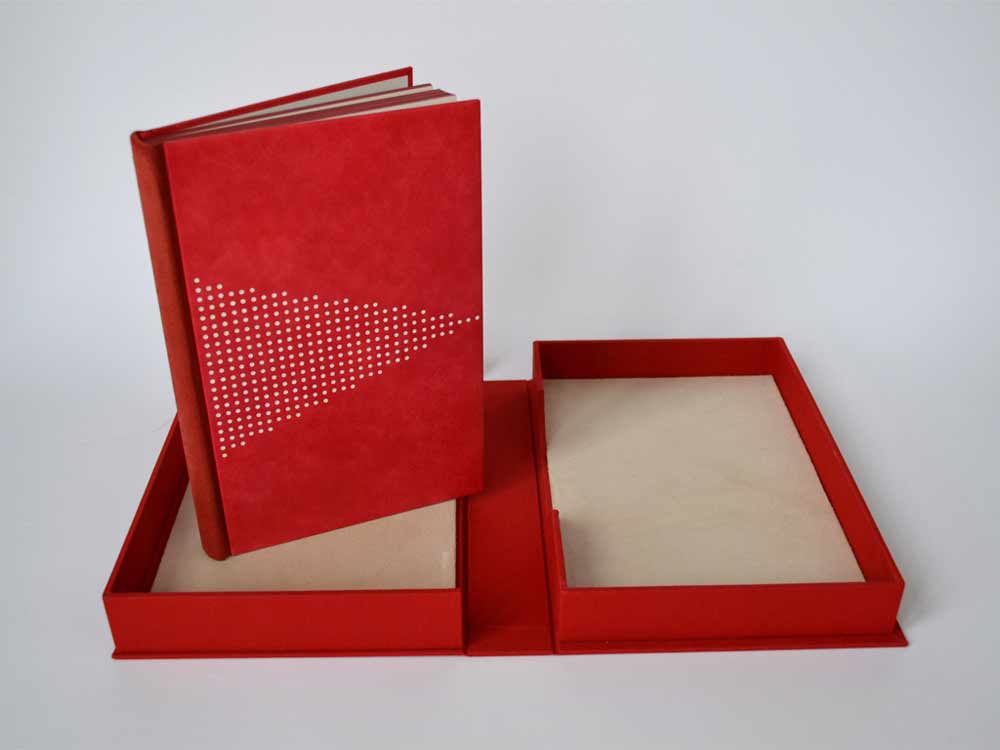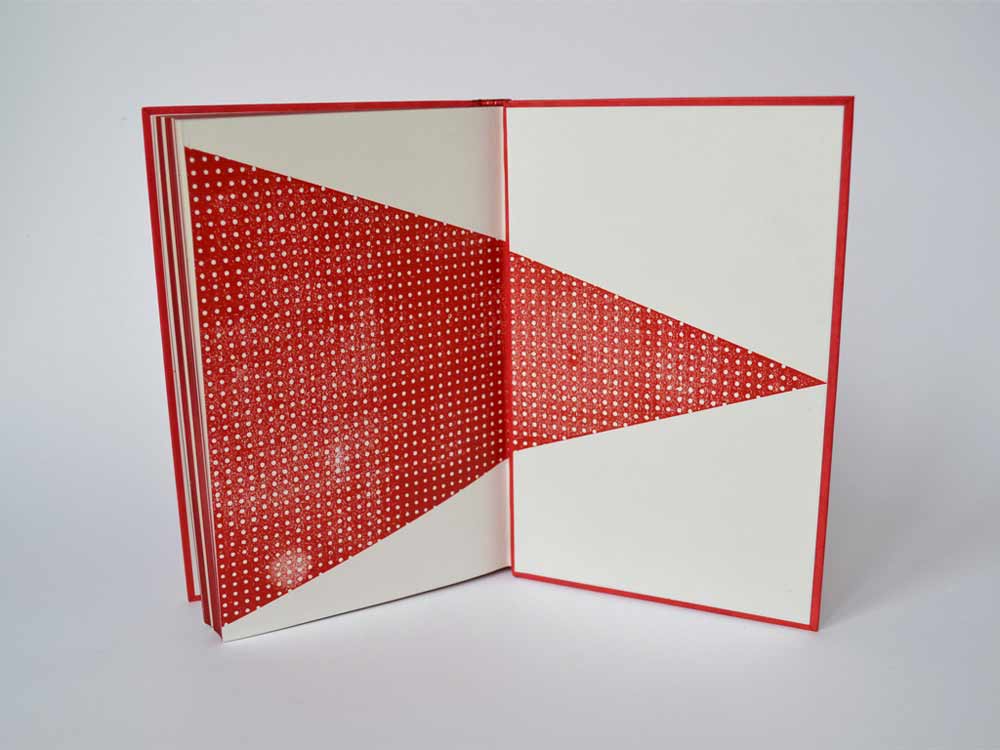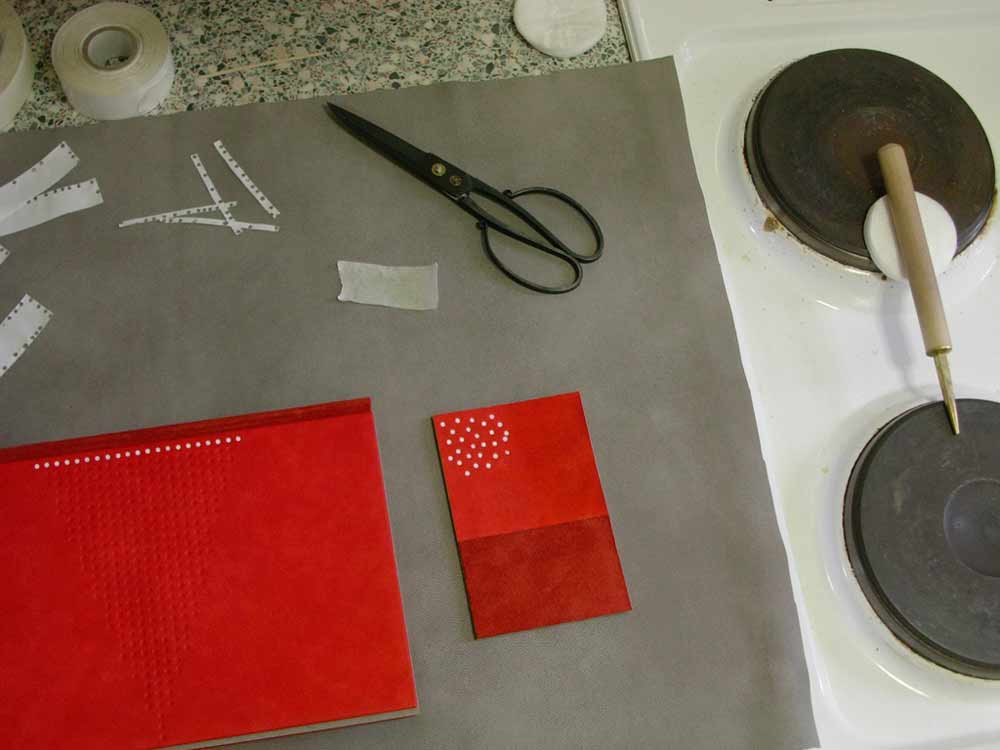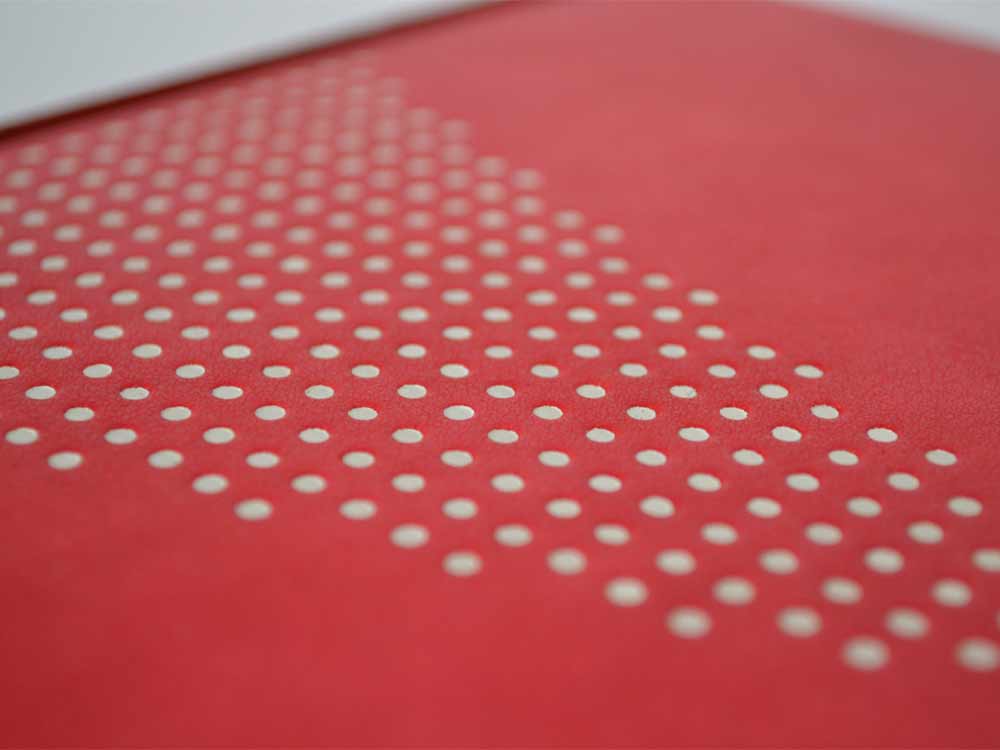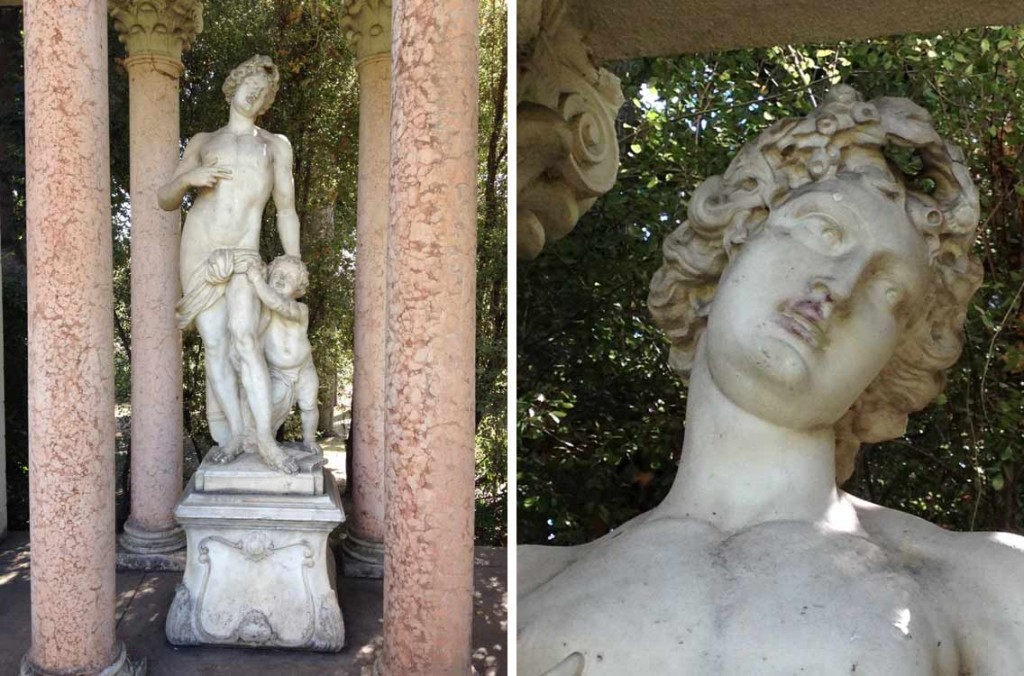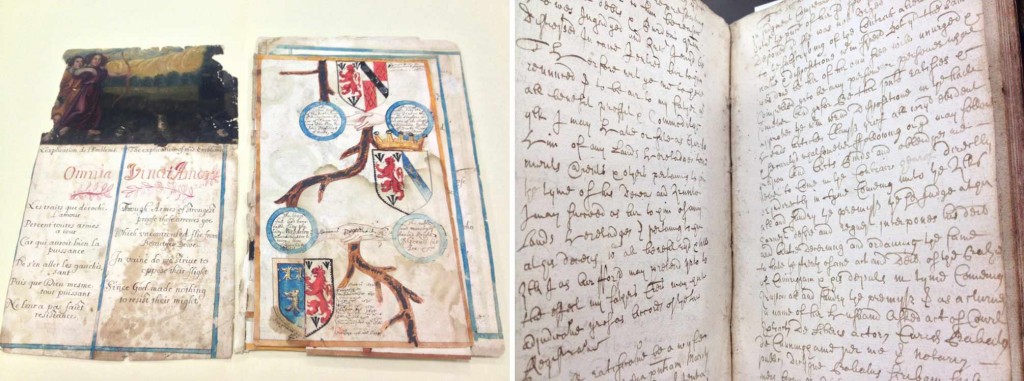1. Click the link to check out these animated GIFs from artist Fong Qi Wei. He combines my love of collage, animation and ombre patterning to create stunning and mesmerizing visuals.
2. Framed book edges from Canadian sculptor Maskull Lasserre. This artist focuses on a much overlooked area of any paperback and highlights the years of use and dirt.
3. This dress is apart of a Spring 2013 collection from designer Erdem. I just can’t resist the bright colors, lace and florals. Spring is coming.
4. The fall collection from Lyn Devon embodies fashion of the 60s. Lines cut dramatically across the female form creating a graceful and powerful feminine silhouette.
5. An absolute stunning binding by Micheline de Bellefroid. I’m absolutely in love with this binding. It harmonizes color with design and seems greatly inspired by the talented Sybil Pye.
6. These complex and detailed series of pop-ups come from artist Colette Fu. We Are Tiger Dragon People is the result of a trip to China’s Yunnan Province, where Colette collected images of the rich life and colorful culture in which her mother grew up.
7. Artist Aganetha Dyck drops small ceramic sculptures into beehives and gives the bees opportunity to artistically modify the pieces. I had a somewhat visceral reaction to these pieces, the process is quite unique yet the outcome is a bit unnerving.
8. A 16th century binding that can be read 6 different ways. Click on the link to watch the book in action. Once I recovered the the awesomeness of the this binding, I decided that I must investigate further and make one of my own.
9. These wacky Paper Plants from Adam Frezza and Terri Chiao are just fantastic. I would love to step foot on the planet where plants like this could thrive.
10. Aakash Nihalani uses tape and sometimes cardboard to construct 2-dimensional illusions. His pieces are mostly installed outside and have a flair for humor. He often is posed interacting with these forms, creating a unlikely narrative against a bleak landscape.
